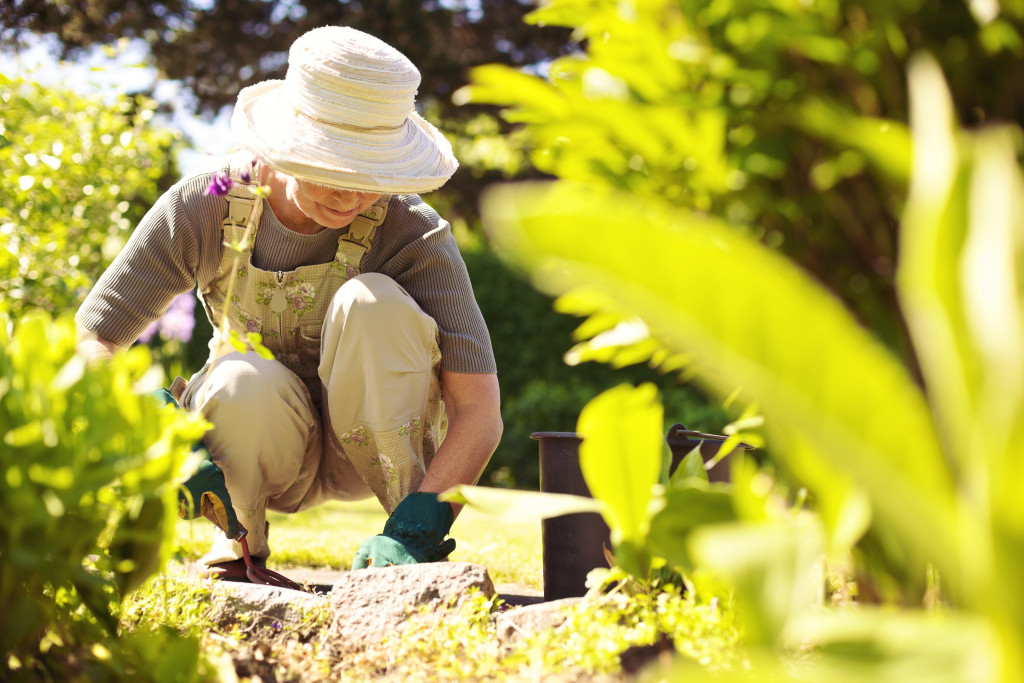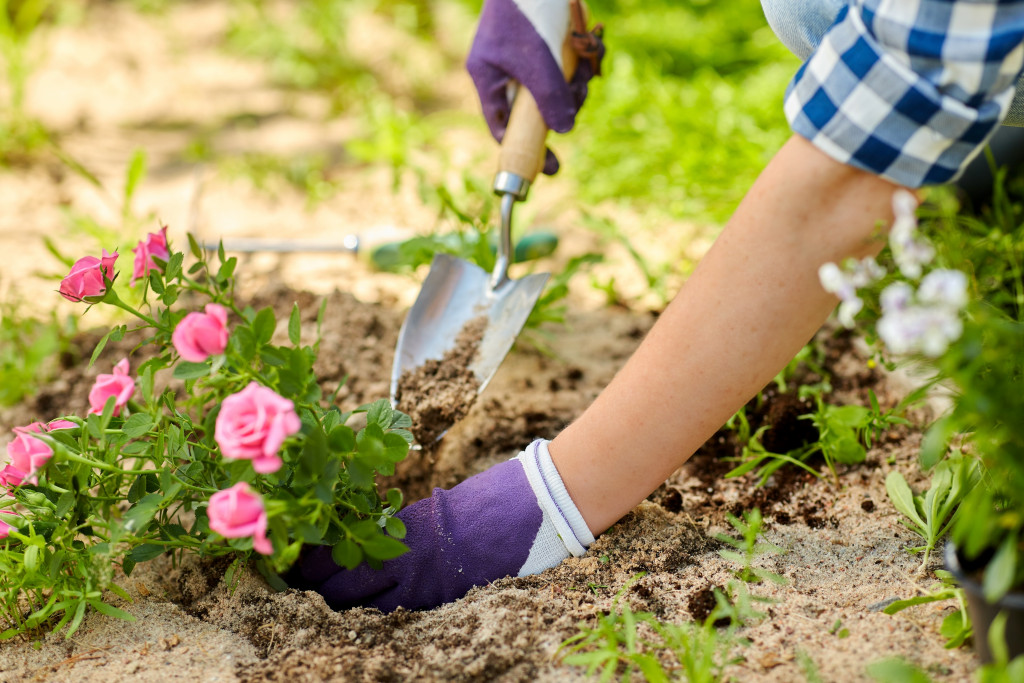A home garden is a great way to get fresh, organic produce at your fingertips. Not only is it healthier for you, but it can also save you money in the long run. According to the National Gardening Association, home gardens can save homeowners up to $600 per year on groceries.
Gardening also has many other benefits, including reducing stress levels, improving mental health, and providing opportunities for socialization. So if you’re looking for a way to improve your health and well-being, start gardening today! However, it’s important to note that starting a garden can be a bit overwhelming, especially if you’ve never done it before.
This guide will walk you through the process of starting a home garden, from planning and preparing your space to planting and caring for your plants. By following these simple steps, you’ll be well on reaping the many benefits of gardening.
Create a Blueprint
The first step in starting a home garden is to create a blueprint. This will help you determine your garden’s size, shape, and layout. When creating a blueprint, be sure to consider the following:
- The amount of space you have available.
- The type of plants you want to grow.
- The amount of sunlight your garden will receive.
- Your soil type.
Once you’ve created a blueprint for your garden, it’s time to prepare your space. This includes clearing debris, removing weeds, and loosening the soil. If you’re starting a garden from scratch, you may also need to till the soil. To do this, use a garden fork or tiller to break up the ground.
If you’re starting a garden in an existing space, such as a plot of land or a container, you’ll still need to remove debris and loosen the soil. You may also need to amend the soil with compost or other organic matter to improve its quality. If it is insufficient, you might have to get organic compost delivery services to help reestablish the foundation of what your garden could be for your home.
Choose Your Plants
After you’ve prepared your space, it’s time to choose the plants you want to grow. When selecting plants, be sure to consider the following:
- The amount of sunlight your garden receives.
- The type of soil you have.
- Your climate.
- The amount of space you have available.
Once you’ve selected the plants you want to grow, it’s time to purchase them. You can buy plants from a nursery online or even grow them from seed. If you are busy, you might benefit from low maintenance plants.
Once you have your plants, it’s time to start planting! If you’re growing plants from seed, be sure to plant them in a seed-starting mix. This mix is light and fluffy, making it easy for seeds to germinate. Be sure to plant your seeds at the depth specified on the seed packet.
If planting seedlings, transplant them into a large pot to accommodate their root system. Once they’re potted, water them well and place them in an area that receives plenty of sunlight.
Care for Your Plants
After you’ve planted your seeds or seedlings, it’s time to start caring for your plants. This includes watering them regularly, fertilizing them, and protecting them from pests.
Using a hose or watering can give them a good drink to water your plants. Be sure to water the base of the plant rather than the leaves. Water early in the day so the leaves have time to dry before nightfall.
Fertilize your plants every two weeks with a water-soluble fertilizer. Be sure to follow the directions on the package.
To protect your plants from pests, check them regularly for signs of infestation. If you see any problems, remove them by hand or treat the plant with an organic pesticide.
Once your plants have grown and flowered, it’s time to harvest them. Check the plants regularly so you can harvest them at their peak. To harvest most fruits and vegetables, cut them from the plant with a sharp knife.
After you’ve harvested your plants, it’s time to enjoy the fruits of your labor! Freshly picked fruits and vegetables are not only delicious but they’re also packed with nutrients. So go ahead and indulge in your homegrown bounty.
Performing Garden Maintenance
After you’ve harvested your plants, it’s time to perform garden maintenance. This includes cleaning up debris, removing dead plants, and preparing the space for the next growing season.

To clean up your garden, remove any dead leaves or flowers. You can also rake up any fallen fruit or vegetables. If you see any diseased or damaged plants, remove them from the garden, so they don’t spread.
Unfortunately, you might not have the time or skills to do this alone. In that case, you can always hire a gardening service to help maintain your home garden.
Build Your Garden Today
This guide provides a basic overview of how to build a home garden. For more detailed instructions, consult a gardening book or website. You can grow your fruits, vegetables, and flowers with some planning and effort. So get out there and start planting!

